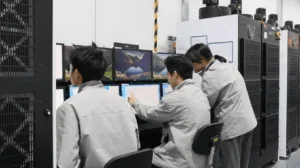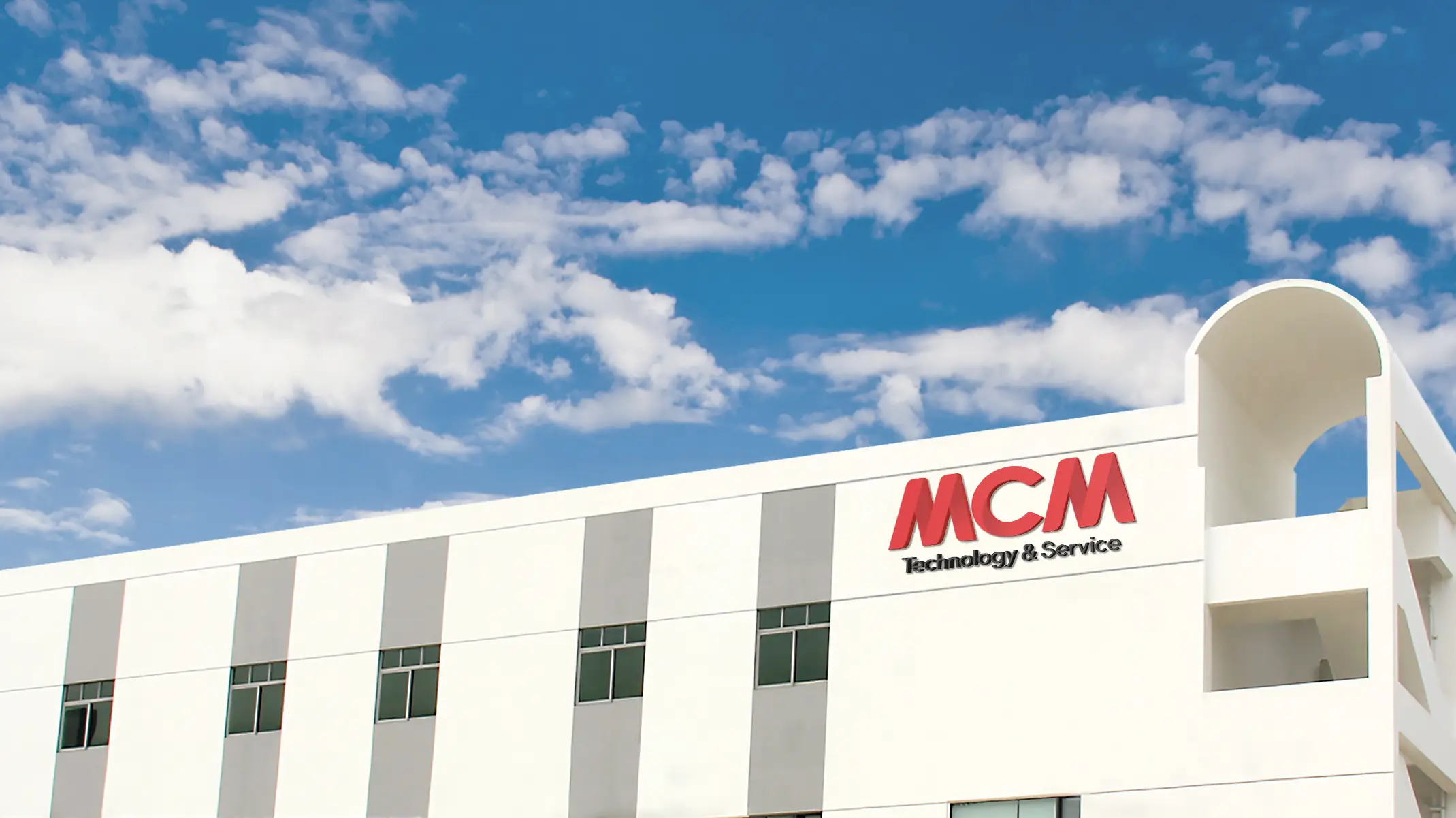The global battery energy storage system (BESS) market is expanding at a breathtaking pace. In 2023 alone, installed capacity more than doubled, adding over 42 GW[1], and by 2024, the figure had surged to 69 GW and 169 GWh[2]. This expansion underscores the rising demand for cleaner grids and resilient energy systems.
Yet, behind this momentum lies a web of challenges. Regulations differ widely across countries, making compliance a complex task for manufacturers and suppliers. In the European Union, for example, Regulation 2023/1542 introduces “cradle-to-grave” battery standards and even a digital battery passport.
In short, while opportunities in BESS are growing faster than ever, navigating battery compliance is equally demanding.
Shipment Compliance
Battery Packaging and Labeling Requirements
Batteries must be packed in strong inner and outer packaging that prevents movement and short circuits. Each package should display the proper shipping name and UN number, such as UN3480/3481 or UN3090/3091, together with the lithium battery mark showing the UN number and a telephone contact.
UN 38.3 Testing
Only batteries that have passed UN 38.3 testing may be shipped. This series of tests covers altitude, thermal, vibration, shock, short-circuit, impact/crush, overcharge, and forced discharge. Keep and share the UN 38.3 Test Summary with your supply chain. It proves you meet battery standards before transport.
Battery Transportation Restrictions (IATA & IMDG)
Air transport rules are particularly strict: UN3480 and UN3090 are limited to cargo aircraft only, and standalone lithium-ion batteries must ship at a state of charge no higher than 30%[3]. The correct IATA packing instruction and a Shipper’s Declaration are required for fully regulated shipments.
For sea transport, the IMDG Code applies. Small cells or batteries that meet Special Provision 188 may qualify for limited exceptions; otherwise, they must be transported with full marks and documentation as Class 9 dangerous goods.
In addition, large-format batteries installed in cargo transport units, such as containerized BESS or electric vehicles, fall under UN 3536 and follow dedicated provisions for safer handling.
Global Standards for BESS
International Standards and the CB Scheme
The IECEE CB Scheme is an international certification system that facilitates the acceptance of test results for electrical and electronic products across participating countries. Within this framework, specific IEC standards define requirements for BESS safety at the cell, module, and system levels.
Standard | Scope & Applicability | Relation to CB Scheme |
IEC 62619 | Safety requirements for industrial lithium cells and batteries, widely applied in BESS. | Frequently cited in CB test certificates. |
IEC 63056 | Product safety for lithium cells and batteries in energy storage systems up to 1,500 V[4], building on IEC 62619. | IECEE Test Report Form available for CB certification. |
IEC 62933 series | System-level standards for BESS. Part 5-1: for energy storage systems; Part 5-2: for battery energy storage systems | Mainly used as design and evaluation guidance, not directly in CB certification. |
Laboratory Accreditation (ISO/IEC 17025)
ISO/IEC 17025 shows that a test laboratory is competent and its results are reliable. In the CB Scheme, CB Testing Laboratories are weighed against ISO/IEC 17025, and their test reports support CB certificates. Using such accredited labs ensures that regulators and buyers count on results and avoid retests. These labs perform testing according to the relevant battery standards for BESS.
North America Regulations for BESS
North American Policies and Energy Storage Strategies
U.S. energy storage installations reached 12.3 GW / 37.1 GWh in 2024, and deployments are projected to grow to 15 GW / 48 GWh in 2025, driven by strong utility-scale and residential growth[5]. This rapid expansion occurs alongside a regulatory framework that guides market participation and ensures safety for battery energy storage systems.
Key Standards and Compliance Requirements
Standard | What It Covers | For BESS |
UL 1973 | Battery packs/modules for stationary or motive auxiliary power. Component safety. | Certified cells/modules/packs to UL 1973 in the system file. |
UL 9540 | System-level safety of ESS (indoor/outdoor, residential/non-residential, and some mobile). | UL 9540 listing for the complete ESS. Nameplate and report. |
UL 9540A | Test method for thermal runaway and fire propagation. Supplies data, not a certification. | Current 9540A test report set (cell → unit → installation, as applicable). |
UL 1741 | Inverters/converters/controllers and interconnection equipment. Stand-alone or grid-interactive. | PCS certified to UL 1741 (with applicable grid profiles/IEEE 1547). |
UL 62109 | Safety of PV power converters. Design/manufacture protections. | If PCS is PV-centric, show UL 62109 certification. Otherwise, UL 1741. |
FCC Part 15 | EMI/RF emissions limits for digital/electrical devices. Authorization required. | EMC test results and Part 15 authorization (Class A/B as applicable). |
NFPA 855 | Installation standard for stationary ESS. Fire protection criteria and references to listings/tests. | Layout and protection per NFPA 855 using UL 9540 listing and 9540A data. |
European Regulations for BESS
European Policies
The EU aims for climate neutrality by 2050 and a 55% emissions reduction by 2030 under the European Green Deal[6]. The 2023 energy-storage guidance promotes faster permitting, fair grid access, and no double charges. The New Batteries Regulation adds CE-marked sustainability, safety, and traceability rules, along with phased duties and a battery passport. These rules sit alongside existing product, chemical, and harmonized battery standards.
Key European BESS Standards and Regulations
Standard / Law | Scope | For BESS |
EN IEC 62619 | Safety for secondary lithium cells and batteries used in industrial applications. | Cell/module cert to EN IEC 62619. |
EN IEC 63056 | Safety for Li cells/batteries in energy storage systems up to 1,500 V DC. | Pack/stack compliance report or cert. |
EN 62620 | Performance and marking for secondary lithium cells and batteries. | Performance test report to EN 62620. |
REACH (EC 1907/2006) | Chemicals registration and restrictions. Substances in articles. | REACH compliance and SVHC checks. |
RoHS (2011/65/EU) | Restricts precarious substances in electrical/electronic equipment. | RoHS declaration and material data. |
LVD (2014/35/EU) | Electrical safety for equipment within voltage limits. | CE marking + LVD test report. |
EMC (2014/30/EU) | Electromagnetic emissions and immunity. | EMC test report + CE marking. |
New Battery Law (Regulation (EU) 2023/1542) | Sustainability, safety, labeling, passport, EPR. Phased duties. | DoC + CE for batteries, passport when applicable, carbon-footprint files, and EPR setup. |
Asia Regulations for BESS
Regional Policies and Strategic Approaches
China is driving new energy storage with ambitious 2025 targets, flexible grid initiatives, and a mandatory cell safety rule. Japan’s latest energy plan emphasizes batteries for grid flexibility and market reform. India relies on tenders, VGF support, an ISTS-charge waiver, and updated CEA safety regulations. South Korea focuses on KC safety certification, all within the framework of national grid and battery standards.
Key BESS Standards
Standard | Scope | For BESS |
China GB 44240:2024 | Safety for Li cells/batteries in ESS. | CQC program evidence and GB 44240 compliance. |
China GB/T 36276:2023 | Li-ion batteries for electrical energy storage. Design, test, O&M. | Conformance report to current GB/T 36276 edition. |
Japan JIS C 8715-2:2024 | Secondary lithium cells and batteries for use in industrial applications. Safety tests and requirements. | Cell/module cert to JIS C 8715-2 (IEC 62619 aligned). |
Korea KC 62619 | KC safety certification for ESS cells/packs. Based on IEC 62619:2022. | KC mark, type test reports, and factory inspection. |
India IS 16270 (2014 → 2023 + 2025 amend.) | Secondary cells/batteries for solar PV. General requirements & tests. | BIS CRS registration and implement the 2023 rev. and 2025 amendment. |
Australia Regulations for BESS
Australian Energy Storage Policies and Market Trends
Australia is placing strong emphasis on energy storage. The federal Capacity Investment Scheme underwrites new batteries and other firming solutions, aiming to deliver an additional 40 GW of capacity by 2030[7]. State-level initiatives and AEMO’s 2024 Integrated System Plan guide the grid expansion and storage mix.
A new home-battery rebate further boosts demand, while grid rules are tightened under AS/NZS 4777.2:2020 Amendment 2:2024. Projects also follow applicable battery standards and RCM compliance.
Applicable Standards and BESS Certification Requirements
Standard | What It Covers | For BESS |
AS IEC 62040.1 | UPS safety. Industrial and IT spaces. | UPS or PCS-UPS certified to AS 62040.1. Include the report. |
AS IEC 62619 / IEC 62619 | Safety for Li cells/packs in industrial ESS. | Cell/module cert to AS IEC 62619 or IEC 62619. |
AS/NZS 62368.1 / IEC 62368-1 | AV/ICT equipment safety. Replaces 60950-1. | PCS communications/HMI certified to 62368.1. |
AS/NZS 4777.2 | Grid-connection performance of inverters (LV). | Inverter cert to 4777.2:2020 + Amd 2:2024. |
Conclusion
The energy storage system market is growing rapidly, but each country has its own battery certification and regulatory requirements. Ensuring compliance with transport regulations and adherence to global and regional standards is critical for successful BESS deployment. Early-stage planning, collaboration with accredited laboratories, and proper certification can prevent delays and facilitate smooth market entry.
MCM provides global testing and certification services for batteries and energy storage systems, backed by accredited laboratories (ISO/IEC 17025 & 17020, CNAS, CMA, CBTL, CTIA) and extensive experience with over 5 million battery models worldwide. Through partnerships with international organizations and aviation authorities, we help clients navigate complex regulations and enter target markets efficiently.
Contact us today to learn how MCM can support your BESS projects and accelerate your global market entry.
References
[1]. Batteries and Secure Energy Transitions. Available at: https://www.iea.org/reports/batteries-and-secure-energy-transitions/executive-summary. (Accessedon August 28, 2025)
[2].Headwinds in Largest Energy Storage Markets Won’t Deter Growth. Available at: https://about.bnef.com/insights/clean-energy/headwinds-in-largest-energy-storage-markets-wont-deter-growth/.(Accessed on August 28, 2025)
[3].What to Know About How to Ship Lithium Batteries? Available at: https://www.iata.org/en/publications/newsletters/iata-knowledge-hub/what-to-know-about-how-to-ship-lithium-batteries/ (Accessed on August 28, 2025)
[4].IEC 63056. Available at: https://webstore.iec.ch/en/publication/29224 (Accessed on August 28, 2025)
[5].US deploys record energy storage in 2024, but Trump policies cloud outlook: WoodMac/ACP. Available at: https://www.utilitydive.com/news/energy-storage-record-deployment-trump-policies-uncertainty/743193/ (Accessed on August 28, 2025)
[6].The European Green Deal Striving to be the first climate-neutral continent. Available at: https://commission.europa.eu/strategy-and-policy/priorities-2019-2024/european-green-deal_en (Accessed on August 28, 2025)
[7].Capacity Investment Scheme. Available at: https://www.dcceew.gov.au/energy/renewable/capacity-investment-scheme (Accessed on August 28, 2025)





